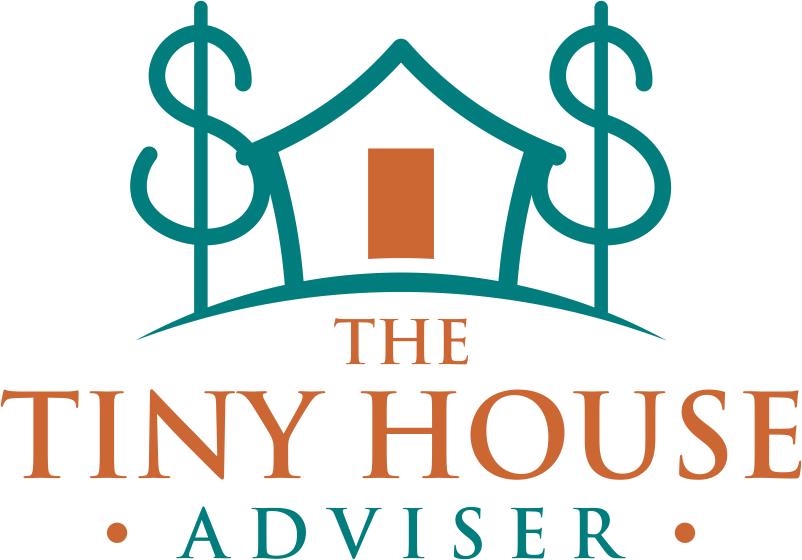EP 86: 2025 Opportunities in Alternative Living
The tiny house and alternative living podcast episode, Opportunities in Alternative Living, explores the challenges of traditional housing and the potential of alternative living solutions, with a focus on affordability, sustainability, and alignment with modern values. Host Laura Laura Lynch, a financial planner, highlights key aspects of the housing market in 2025, such as rising mortgage rates, housing shortages, and mismatches between consumer desires and available home sizes.
Housing Challenges in 2025
Traditional housing remains unaffordable for many, with 30-year fixed mortgage rates averaging over 7%. In some regions, housing payments consume up to 36% of income, limiting financial freedom and locking individuals into high-income career paths to sustain their housing costs. Rising costs of homeowners' insurance and maintenance further exacerbate these issues, especially as natural disasters increase risks for property owners. Conventional homes are often too large for modern lifestyles, with the majority of new builds exceeding 2,000 square feet, despite many people seeking smaller, more manageable spaces.
The Case for Alternative Living
Alternative housing solutions—such as tiny homes, van life, shipping container homes, and earthships—offer compelling benefits. These options provide more affordable living arrangements, allowing individuals to allocate income toward personal goals rather than housing expenses. Smaller, sustainable homes use less energy and resources, aligning with environmental values. They also reduce the burden of maintenance and offer opportunities for greater mobility or community connection.
The popularity of tiny homes and similar solutions reflects a shift in societal values, with people prioritizing experiences, family time, and work-life balance over traditional metrics of success, such as owning a large house. Laura Lynch underscores that alternative living is not without challenges; considerations include legalities, geography, convenience, and financial implications. Nonetheless, these options empower individuals to live more intentional, values-driven lives.
Key Themes in Alternative Living
Affordability: Alternative housing reduces upfront and ongoing costs, freeing individuals from high mortgages and enabling financial independence.
Sustainability: Smaller homes require less energy for heating and cooling and encourage minimalism, reducing waste and consumption.
Lifestyle Alignment: Flexible housing options support diverse lifestyles, from mobile living in vans to community-focused setups like co-housing.
DIY and Resilience: Building or modifying alternative homes fosters personal skills and a sense of self-reliance, which can be valuable in uncertain times.
Affordable Housing Considerations
Laura Lynch advises listeners to deeply reflect on their values and long-term goals when considering alternative living. Questions such as whether to choose a fixed or mobile home, the desired climate, and the level of DIY involvement are critical. She highlights the importance of understanding potential trade-offs, such as limited conveniences (e.g., smaller bathrooms or alternative power sources) and legal challenges. However, these trade-offs can be mitigated by the reduced financial and emotional burdens of traditional homeownership.
Alternative and Tiny House Movement
Alternative living represents an opportunity to realign housing choices with personal values and financial goals. While it requires careful planning and patience, the journey itself can be fulfilling. By embracing the slower pace of change and appreciating incremental progress, individuals can create a life that reflects their true priorities. The movement toward alternative living, as explored in Less House, More Moola, continues to grow, driven by the desire for affordability, sustainability, and freedom.
Quotes from the episode
“Shelter is one of our most basic needs.”
“Consumers want something different in housing.”
“All kinds of housing have some inconveniences.”
Subscribe to the podcast
Apple Podcasts | Spotify | Stitcher | Amazon Music | Google Podcasts | RSS

